For Decades, Titanic Survivors Said the Ship Split in Half. Nobody Believed Them.
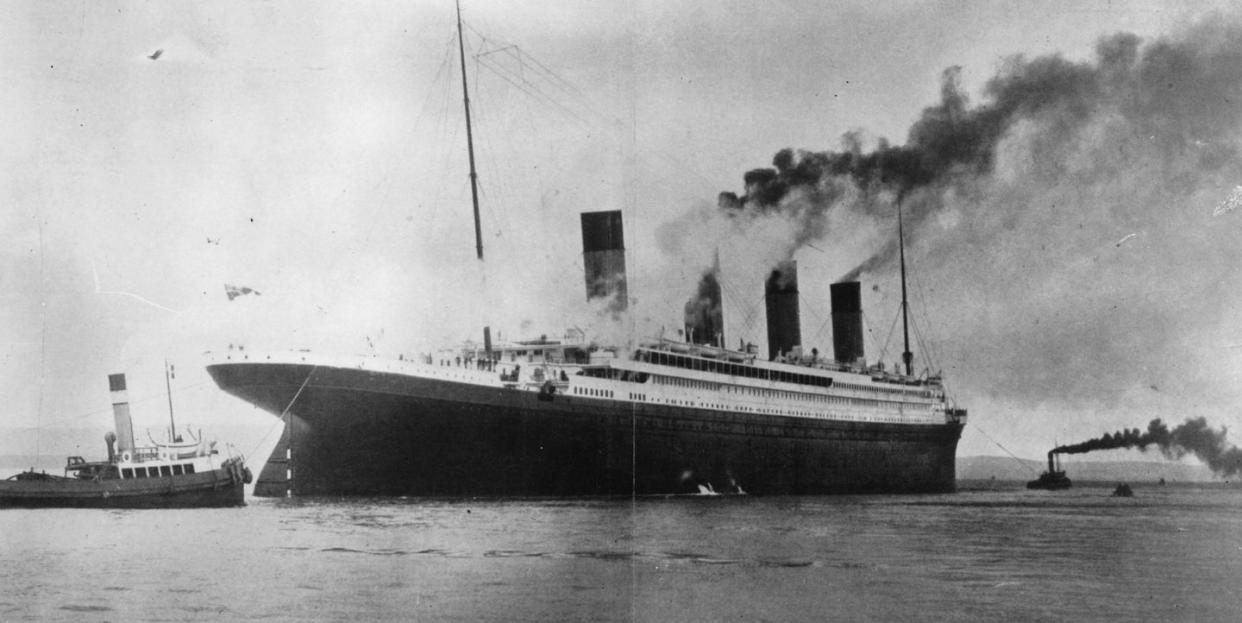
- Oops!Something went wrong.Please try again later.
- Oops!Something went wrong.Please try again later.
"Hearst Magazines and Yahoo may earn commission or revenue on some items through these links."
Eva Hart was seven years old when she boarded the Titanic. After the famous British passenger liner struck the iceberg on April 14, 1912, Hart and her mother were placed in a lifeboat by her father, who was never seen again. Hart survived the disaster, and from the water, she watched as the massive ship split apart before sinking.
“We rode away, and I didn’t close my eyes at all. I saw that ship sink, and I saw that ship break in half,” Hart said in an undated video interview, part of which can be found on YouTube. “For 70 years, people have argued with me about that, but now at last it has been proven beyond all doubt that she did break in half. I know I did, I saw her.”
Hart was among many other Titanic survivors who had long insisted that the ocean liner split in half, with the bow section sinking away as the stern bobbed in the water for a few minutes before finally descending underwater. But for 73 years, those survivors’ claims were dismissed, and the conventional wisdom was that the Titanic sank in one piece.
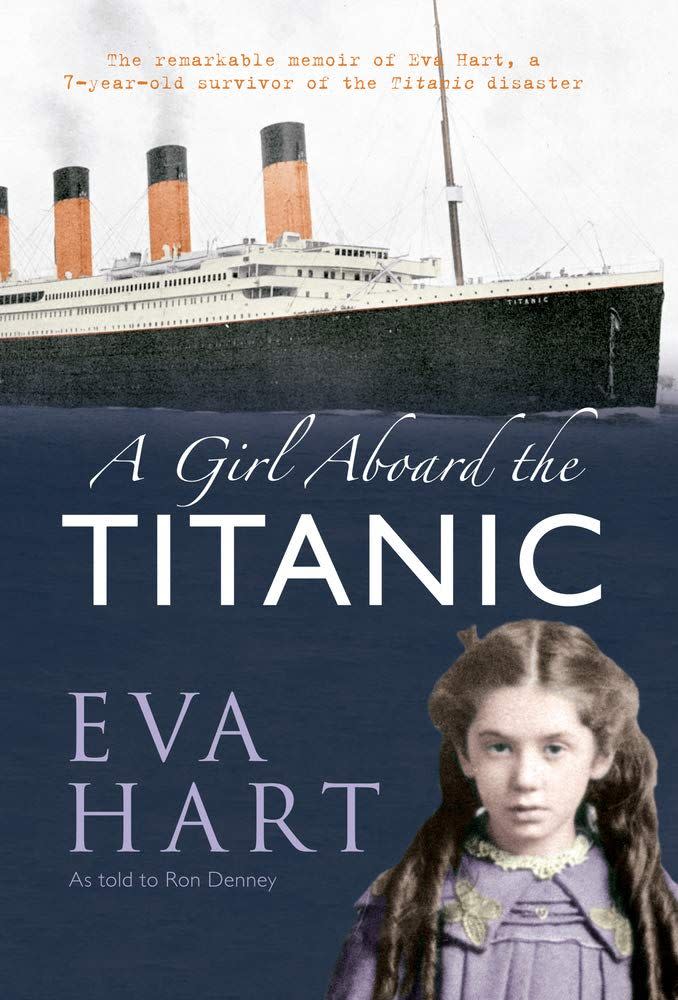
A Girl Aboard the Titanic: The Remarkable Memoir of Eva Hart, a 7-year-old Survivor of the Titanic Disaster
amazon.com
It wasn’t until the Titanic’s wreckage was discovered in 1985 that it was definitively proven that the ship had indeed split. Until that time, the survivors were told they misunderstood or incorrectly remembered what they had seen, largely thanks to testimony from employees of the White Star Line shipping company in the immediate months after the Titanic sank on April 15, 1912.
Testimony from Survivors
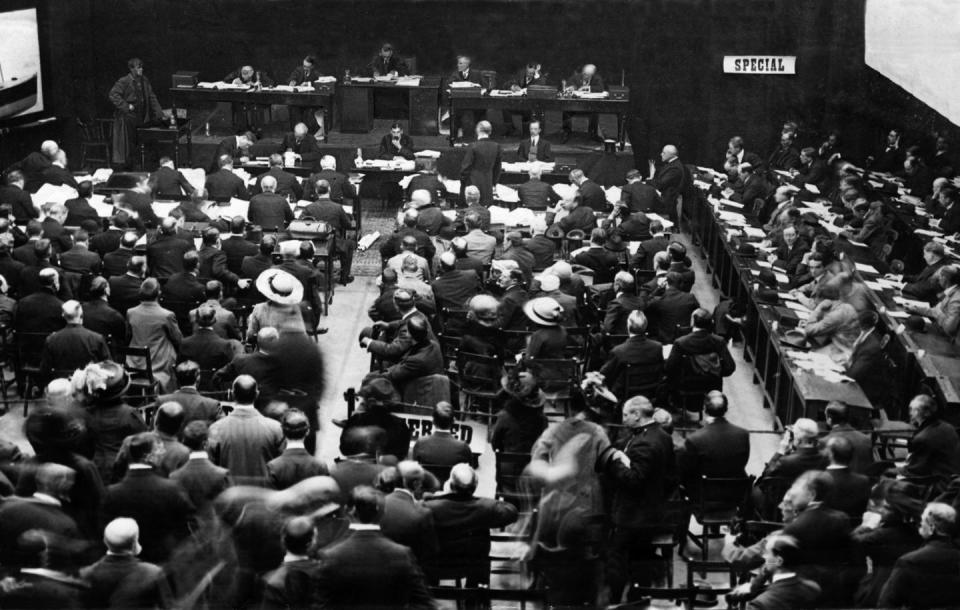
From May to July 1912, the British Wreck Commissioner held an inquiry in London, questioning White Star Line officials, surviving Titanic passengers, maritime experts, and others. It sought to establish a detailed account of the Titanic sinking and recommend changes in safety practices, with more than 100 witnesses testifying, answering over 25,000 questions.
During that inquiry, Titanic survivors gave conflicting descriptions of the sinking, according to the transcripts. Several said the Titanic split in half, while others denied it. Most witnesses were simply not asked the question at all, and others said they did not see it happen in the dark, but assumed it had split because of the sounds they heard.
“After she got to a certain angle she exploded, broke in halves, and it seemed to me as if all the engines and everything that was in the after part slid out into the forward part, and the after part came up right again, and as soon as it came up right down it went again,” said Frank Osman, one of the surviving deck crewmen from the Titanic.
Others provided similar testimony about seeing the ship split. Emily Bosie Ryerson, a first-class passenger, said “she seemed to break in half as if cut with a knife,” and steward George Frederick Crowe testified: “As we got away she seemed to go lower and lower, and she almost stood up perpendicular, and her lights went dim, and presently she broke clean in two.”
‘It Is Utterly Untrue’
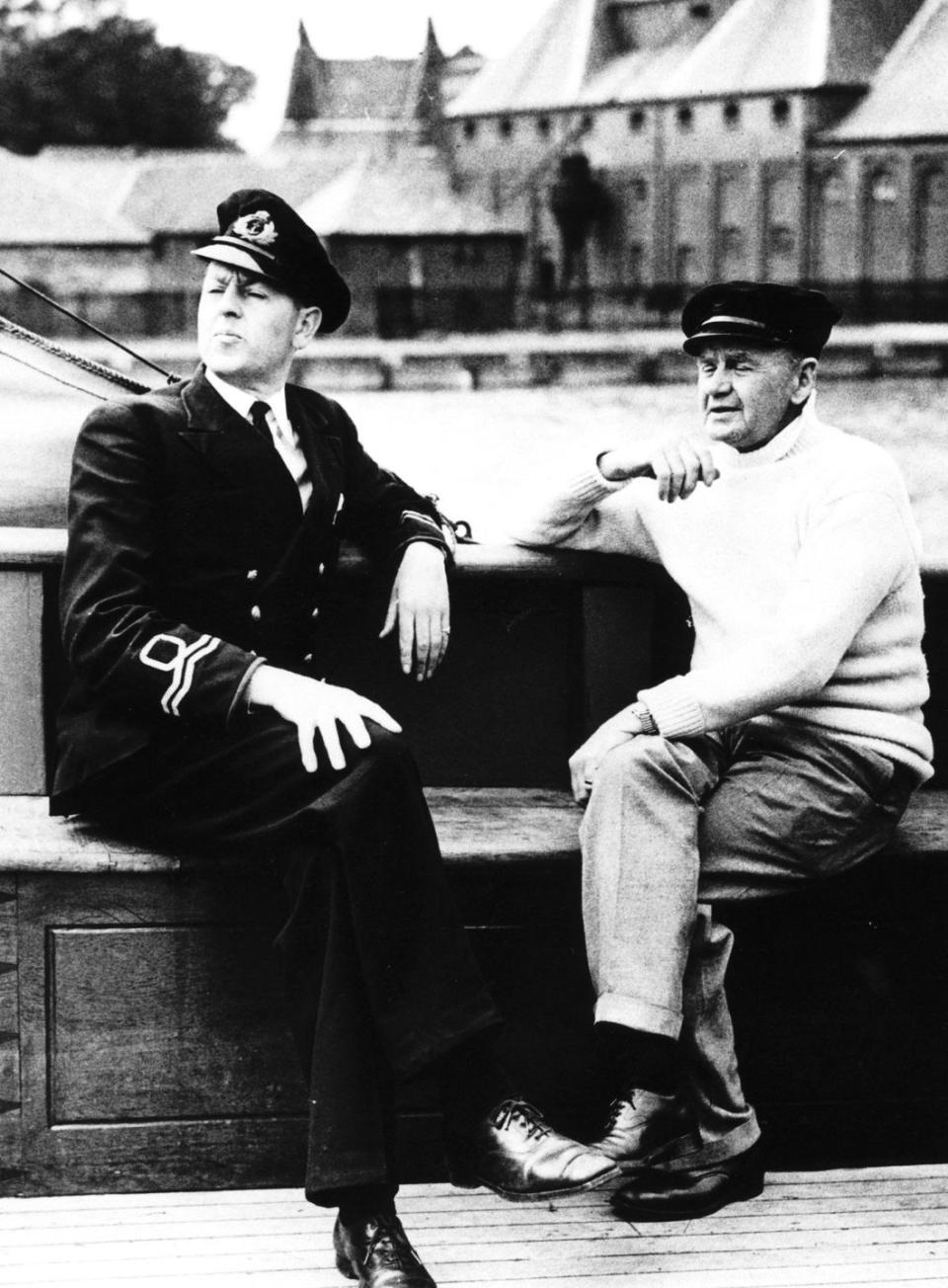
But a small handful of witnesses insisted the ship had not broken, most notably Charles Lightoller, the Titanic’s second officer and the most senior member of the crew to survive the disaster. Lightoller dove from the ship in the final moments of its sinking, but was saved from being pulled underwater when an exploding boiler pushed him to the service, near a lifeboat.
As the senior surviving officer, Lightoller’s testimony was afforded great weight at the inquiry, and his recommendations have been credited with helping spark positive changes in maritime safety measures, such as requiring the number of lifeboats be baked upon passenger capacity rather than total displacement of the ship.
But Lightoller also insisted in his testimony that the Titanic had not split: “It is utterly untrue. The ship did not and could not have broken in two.” When pressed, Lightoller insisted he was “perfectly certain,” and when presented with conflicting testimony from other survivors, he told the solicitor-general, “That is not true, My Lord. I was watching her keenly the whole time.”
The inquiry largely accepted Lightoller’s claims, and so it remained conventional wisdom for the next seven decades that the Titanic sank as one piece. Some have questioned whether Lightoller said this to protect the White Star Line, which Lightoller defended several times during his inquiry, later writing that he “had no desire that blame should be attributed” to his employer.
Another possible explanation, however, is that Lightoller himself simply did not see the Titanic split, because it occurred during the period of time when he had been pulled underwater. If so, the lights on the ship would have already been out by the time he resurfaced, and he would only have seen the stern getting pulled down into the sea.
Titanic Wreckage Discovered
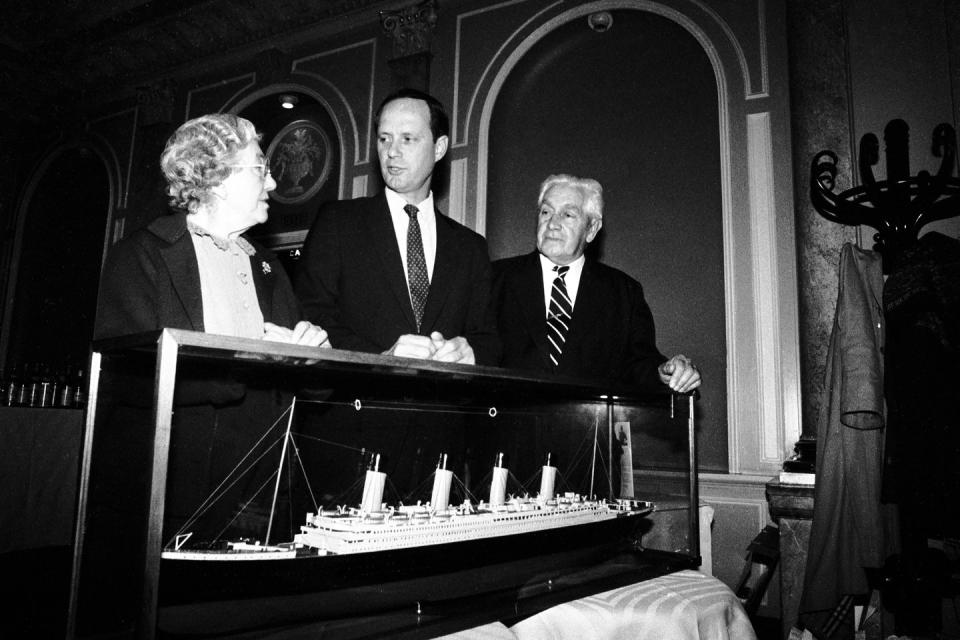
The wreckage of the Titanic would not be discovered until 1985, when Bob Ballad and Jean-Louis Michel found it using the side scan sonar during a joint French-American expedition. The ship was found in two widely separated pieces, definitively establishing that the ship had indeed split, as would later be famously portrayed in James Cameron’s film Titanic (1997).
The discovery was something of a vindication for Titanic survivors like Hart, who had long been told she could not have seen what she had seen. Hart died in 1996 at age 91, living long enough to witness the discovery of the wreckage and the confirmation of her memories from that night.
“Many times after the event I was told that the Titanic couldn’t have broken in two and must have sunk in one piece, but I was always certain she had,” she said, according to a posthumous 2012 memoir, A Girl Aboard the Titanic, co-written by Ron Denney. “ Eventually, I was proved correct.”
You Might Also Like

